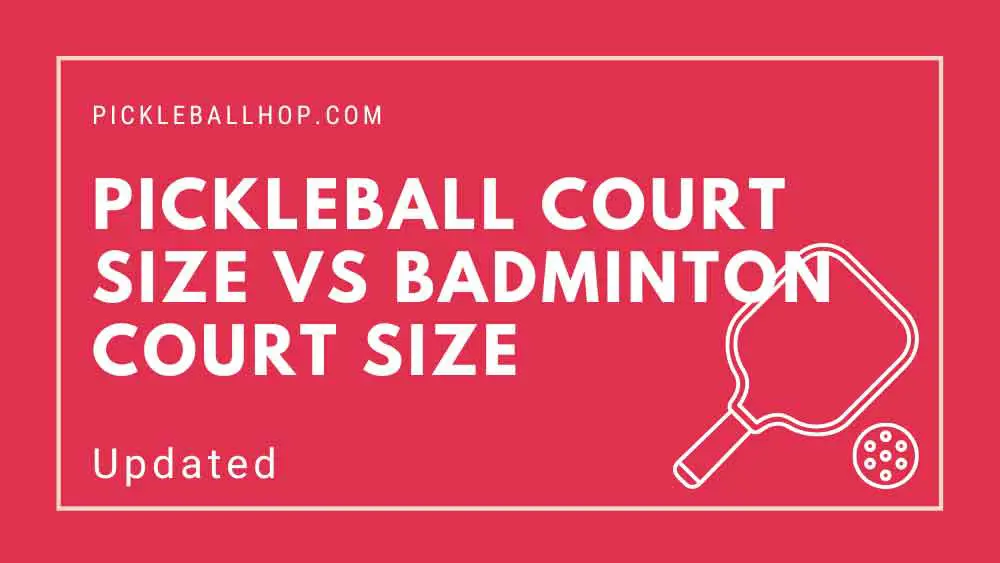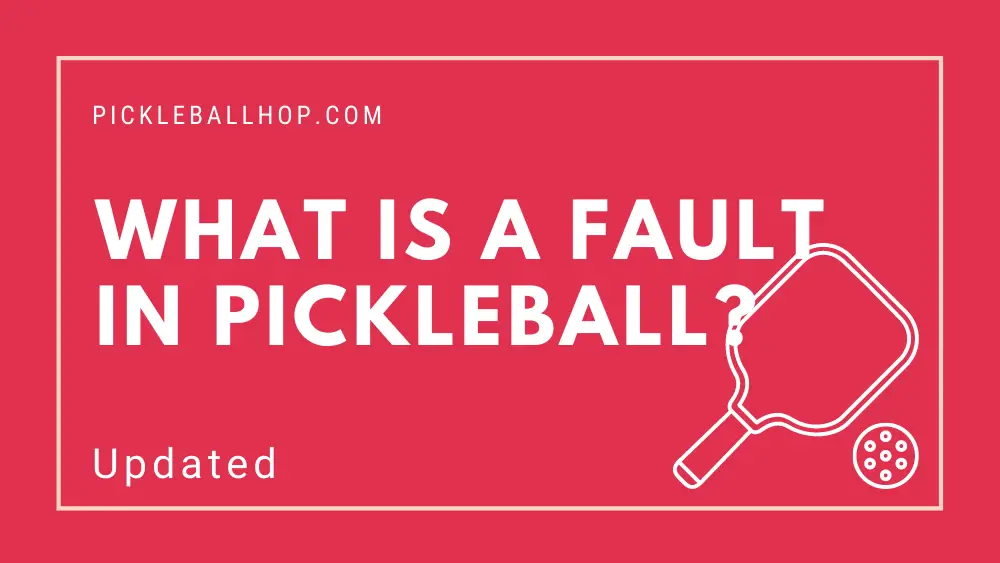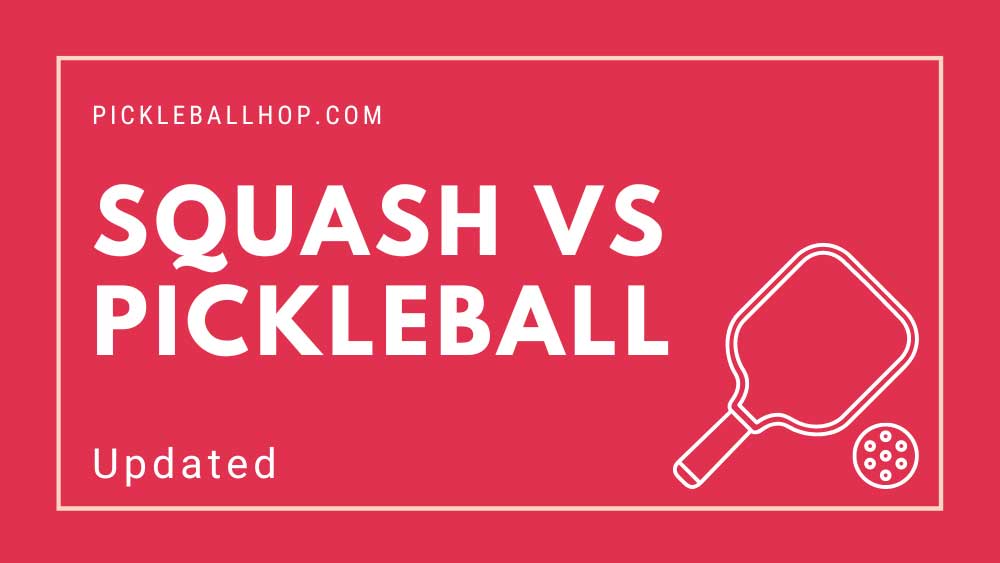What is an Ernie in Pickleball? Are you familiar with the “Erne” shot on pickleball courts? It was Erne Perry who introduced the Erne shot to mainstream competitive play and elevated the shot on the pickleball court. Erne shots are often used on the pickleball court for a variety of reasons, including (1) hitting the pickleball in the air during your jumping around the Non-Volley Zone (also known as the Kitchen); (2) after you have run around or through the Kitchen in a manner that allows you to establish your feet out of bounds to the side of the Kitchen.
You may enjoy reading Pickleball Court vs Tennis Court
If your opponents lift their heads to look at you running around the pickleball court, rather than focus on the pickleball, the Erne will put pressure on them to make a quality shot, which may cause them to make an unforced error.
What is an Ernie in pickleball? How Do You Hit an Erne?
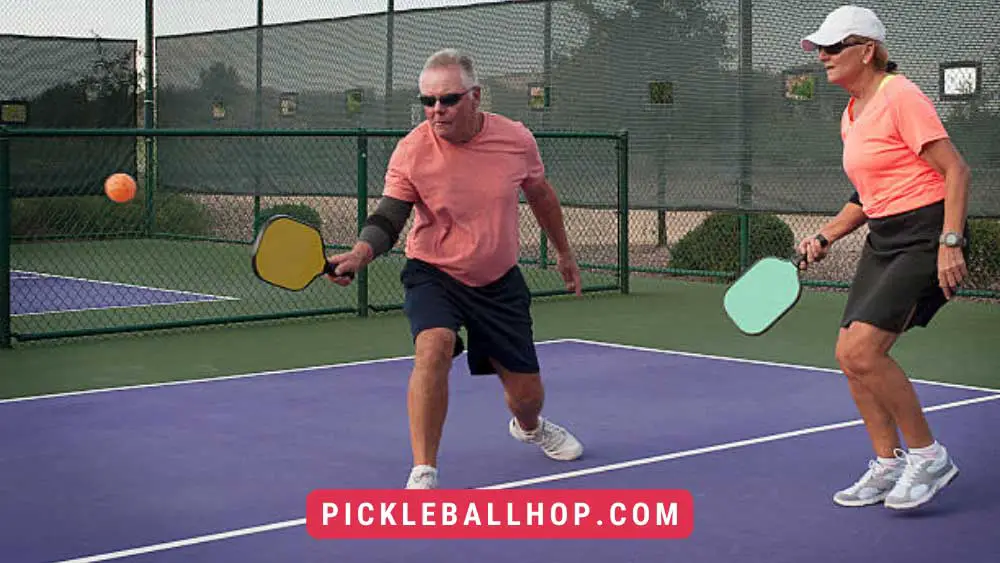
To stay ahead of your opponent in any competitive environment, you need to keep them guessing. Performing a surprise shot such as the Erne or driving the ball when you should drop a shot are two examples of this. A player is said to be on an Erne when they step outside the inner court, on the other side of the sideline (left or right), and parallel with the kitchen (despite technically being outside the kitchen). It is very close to the net when the ball is struck out of the air.
As an example, consider table tennis. As you jump and reach over their net, it almost seems like the ball is slammed onto their side. Run around the table, up against the net, and it’s nearly impossible for your opponent to return this shot.
- To Erne on the sideline that you want, you need to make your opponent hit the pickleball toward that sideline. Your opponents are most likely to do this when they allow the pickleball to sneak behind them near the desired sideline, on the Kitchen Line;
- To disguise your advanced move, wait for your opponent to hit or be about to hit the pickleball before moving outside of the Kitchen.
- To play pickleball, run or jump across the sideline to the area outside the kitchen. Whenever you run through the Kitchen, drag your back foot or jump over it entirely to establish your feet outside the Kitchen.
You may enjoy reading Pickleball Noise Problems?
Where Does the Erne Name Come From?
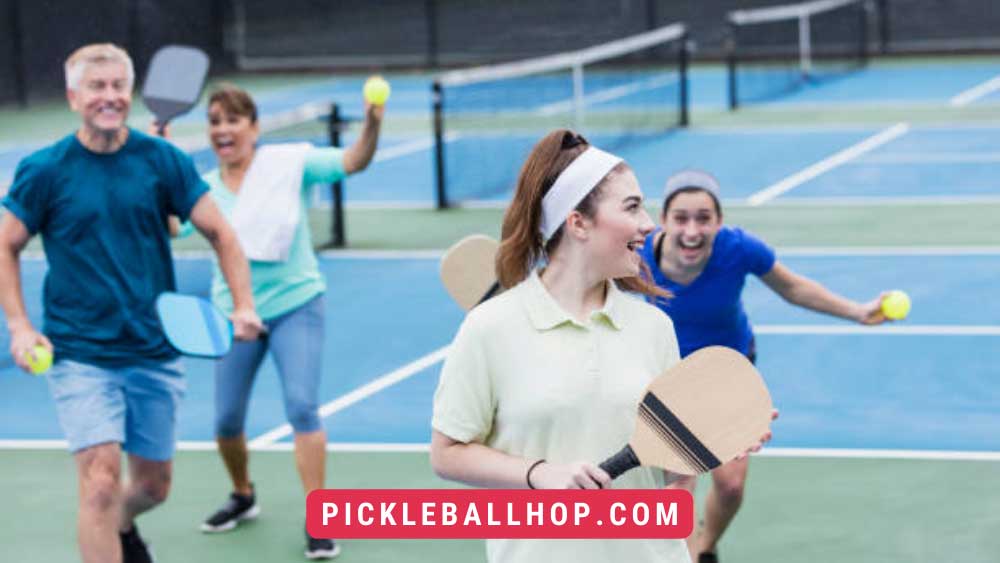
Why is it called the Erne? During the 2010 USAPA National Pickleball Tournament in Buckeye, Arizona, a videographer named Jeff Shank used the term Erne shot to describe Erne Perry. It is believed Perry made the shot popular during competitive play, despite not inventing it. This led to the birth of the “Erne.”.
How to Set Up an Erne?
A simple Erne can be set up by getting your opponent to keep dunking the ball closer to the sideline. In essence, you want them to be unable to hit it in the other direction or take the ball further into your court. In order to hop or quickly run outside the kitchen, you need to be close enough to the sideline. Nevertheless, you have to start moving before they hit the ball if you are going to achieve this.
In order to make this shot so advanced, timing is crucial. Having the confidence to start your movement before your opponent hits it exactly where you want them to is key to coaxing them to hit it where you want them to. It is also possible that they may try to hit the ball somewhere else if they see you moving there for the setup. If you have a partner, you can practice dink shots down the kitchen line. Avoid your partner taking his or her shot anywhere but the kitchen corner by finding the right angles to aim for. If you are not satisfied with Erne, try another.
You may enjoy reading Is Pickleball an Olympic Sport?
What Makes an Erne Legal?
Standing on the NVZ line or in the non-volley zone (NVZ) is not permitted to hit a ball out of the air. There is no line beyond the court, however. The rules of the kitchen don’t apply to you if you are on the sidelines.
The shot would be illegal if the NVZ line extended, but it does not, so it is legal.
The ball cannot be hit before it crosses the plane with your arm over the net. Before you make contact with the ball, you must wait until it crosses. When you’re shooting, the motions should begin as soon as the ball crosses, which means that they’ll start earlier than they would otherwise. As a result, Erne is also surprised.
Benefits of an Erne

Additionally, the Erne offers some benefits besides being awesome to watch.
- Your opponent is caught off guard by it
There is a good chance that your opponents won’t notice that you moved to their sidelines (especially if you did it quickly).
- Returning is difficult
If possible, you should strike the Erne over the opponent’s head or at their feet. Ideally, your opponent will have a moment to pause before returning it if you’ve timed it correctly.
- You can be rescued by your partner in doubles
Doubles opponents will aim their shot the other way if you attempt an Erne but time it incorrectly or become hip to your attempt. Your partner should be able to recover the spot you abandoned if they know you will try an Erne from time to time.
You may enjoy reading Best Pickleball Players to Know
How did the Erne Shot get its Name?
Videographer Jeff Shank coined the term “Erne shot” after witnessing tournament player, Erne Perry, consistently dominate rallies with this tactic during the 2010 USAPA National Pickleball Tournament in Buckeye, Arizona.
The shot was not invented by Erne Perry, but he is credited with making it popular during competitive play. We spell the shot “Erne” instead of “Ernie” because the shot is named after an actual person.
Why is the Erne in Pickleball a Legal Shot?

In such close proximity to the net, it seems strange that hitting a ball out of the air is legal. However, it is true. In pickleball’s official rules, it states clearly that “all volleys must be initiated outside of the non-volley zone.” Nevertheless, keep in mind that the non-volley zone itself does not mean anything more than the two-dimensional area of the court bounded by the non-volley line and the two sidelines.
Thus, it is legal for players to hit the ball from beyond the court (close to the net) and outside of the court (to the left or right of the sidelines).
You may enjoy reading Champion Pickleball Paddle Reviews
What are Other Rules to Consider when Hitting an Erne?

When attempting an Erne, the following legal considerations should be taken into account:
- Prior to volleying the ball, both feet must contact the court surface outside of the non-volley zone if moving through the non-volley zone.
- A fault occurs when the ball crosses the plane of the net before it is struck.
- In the aftermath of striking the ball, a player may cross the plane of the net, or anything they are/were wearing or carrying.
- The player must not touch the net system, the opposing court, or the opposing player while the ball is in play.
How to defend against an Erne?
It is best to prevent an Erne from being executed in the first place to avoid being posterized. Should your opponent attempt an Erne, hit a dink into his or her non-volley zone or cross-court. Attempting the Erne will likely result in a non-volley zone fault since the player cannot reach into the court enough.
When your opponent makes a move to Erne, a lob is also a good option.
In accordance with USA Pickleball’s 2020 Official Rulebook, Rule 9.B,
There is a penalty for any contact with the Non-Volley Zone when hitting a volley (that is, hitting the pickleball out of the air without rebounding) in the 2020 Official USA Pickleball Rulebook. This includes both the swing and the follow-through. The Non-Volley Zone must be avoided during all volleys, including Ernes.
If you touch the Non-Volley Zone line or surface area, you must re-establish your feet outside the Non-Volley Zone before hitting your Erne. Otherwise, you must jump over the Non-Volley Zone while avoiding any contact with the Non-Volley Zone line.
How many times have you hit an Erne to win a point? Have you ever been victimized by a well-executed Erne? Comment below and let us know what you think!
You may enjoy reading Onix Stryker 4 Pickleball Paddle Review
Final Thoughts
With this article, hopefully, you have gained a better understanding of the Erne shot and are more prepared to take it on yourself. Let us know if it’s something you’d like to add to your arsenal (pun not intended) during practice. Perhaps someday they’ll rename it after you when you’re so good at it!
You may enjoy reading Best Pickleball Paddle Under $100

